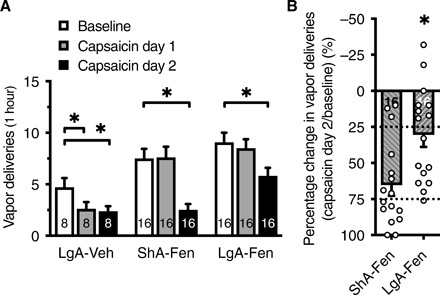Fig. 5. Mice with a history of LgA-Fen vapor self-administration are more resistant to capsaicin-adulterated fentanyl.

(A) The LgA-Veh group was most susceptible to the suppressive effects of capsaicin vapor, whereas the LgA-Fen group was the most resistant. Two-way RM ANOVA shows a significant capsaicin exposure × group interaction (F4,74 = 3.01; P = 0.02) and a significant effect of capsaicin on the number of VD (F1.98,73.14 = 21.77; P < 0.0001). The number of VD decreased only in the second capsaicin session in the ShA-Fen group (P < 0.0001) and LgA-Fen group (P = 0.01) of mice with a greater reduction in the ShA-Fen group compared with the LgA-Fen group. (B) Data from the second capsaicin session in ShA-Fen and LgA-Fen mice in (A) were normalized to baseline VD to illustrate the greater reduction of VD in the ShA-Fen group compared with the LgA-Fen group in response to the second capsaicin session (unpaired t test; t30 = 3.13; P = 0.004). Half of the LgA-Fen mice exhibited less than a 25% reduction of the number of VD, whereas half of the ShA-Fen mice exhibited greater than a 75% reduction. Dotted lines represent the quartiles. The number of mice (n) is shown in the bars. The data are expressed as means ± SEM. *P < 0.05.
